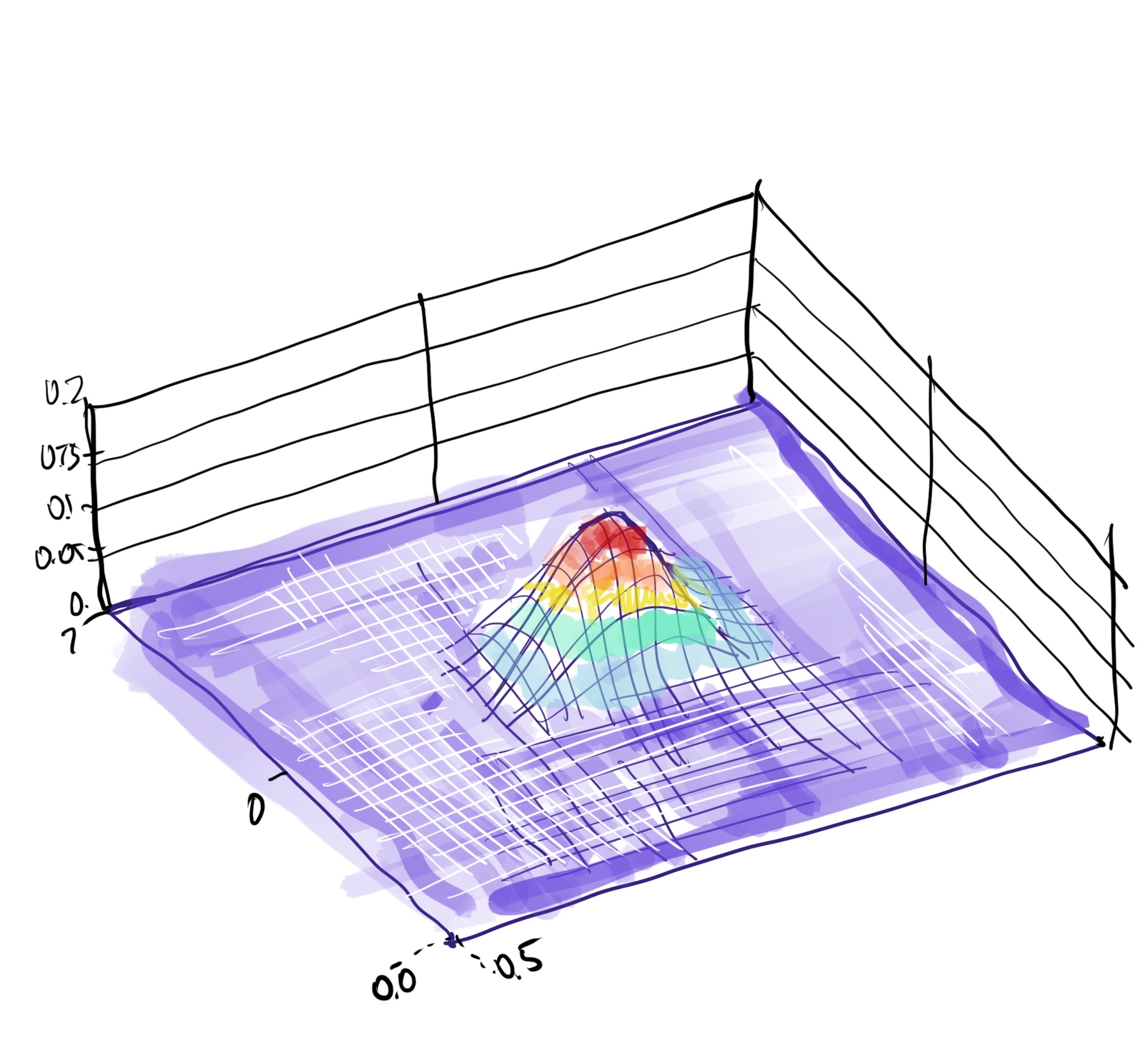POSITION AND ATTITUDE MEASURING SYSTEMS FOR AUTONOMOUS VEHICLES
- Introduction to robotic sensors
- Incremental sensors
- Environment referred localization
- Introduction to Sensor Fusion
3D SENSORS
Here the slides on different technologies used to perceive the 3D shape of the environment
SENSOR FUSION IN FREQUENCY
Some material that I used to give the lesson (part is in Italian, sorry in the Doebelin version in English the complementary filtering seems not to be present):
- Doebelin material
- Notes on the filter order needed to compensate for the different kind of drifts (constant, linear, parabolic, etc)
- How to choose the cutting frequency?
- Laplace transform relations
The Simulink file to simulate the Baro-inertial altimeter:
- Simulink File (this link was cancelled this year)
During the lesson I composed the following notes in English:
- Baro-inertial altimeter
- General considerations about a measurement system: wide band noise and its effects (the low frequency and high frequency components). How the integration operation change its behavior?
- Here a note on how the two sensors output are fed to the two complementary filters given their intrinsic noise behaviors
- How to choose the cutting frequency?
- Comparative table between the two sensors
- How to design the two complementary filters in Matlab
- How to model in time-frequency and compensate a constant Bias
- How to model in time-frequency and compensate a linear Drift
- How to reduce the transitory in complementary filtering: First Step (increase cutting frequency at the expense of high frequency noise introduction) and Second Step (increase filters order to increase the low-pass filtering efficiency)
How to use Simulink to simulate whichever differential equation, either linear or non-linear:
- Using integrators
- or Transfer Function Blocks
- Using derivative blocks (not to use)
- How to avoid derivative blocks (for example in higher order filters where you have high order input derivatives in the basic differential equations)
- Another way to avoid derivative blocks with Direct Form n1, pdf doc 1 and doc 2
Work in class to simulate Complementary filtering in Baro-inertial altitude estimation:
- Download this file that contains instructions that you shall follow step to step
Gyro-inclinometer fusion to estimate angle:
- Gyroscope + capacitive inclinometer (capacitances enclosed with a dielectric fluid): the gyro has the problem of a linear drift, the inclinometer slow response. So the two instruments are fused with 2° order complementary filters.
- In the above link there is also the method to implement in real time the designed complementary filters via recursive equations that can be implemented in a WHILE LOOP.
- Simulink scheme to run the simulation via a matlab script
SENSOR DATA AGGREGATION
Singular Value Decomposition SVD, basics
SVD Applications
Principal Component Analysis, principle
Relations between SVD and PCA, slides
SVD applications to Laser Scan registration, slides
Here an interesting paper on the above topics (I developed some slides from this source)
For the 2D Laser scan matching to estimate the trajectory of a robotic vehicle please refeir to this post
SENSOR FUSION IN THE STATISTICAL DOMAIN (NOT in 2023)
- Sensor fusion in Statistical Domain
—-> Example shown in class about Joint PDF, Marginal PDF, Conditional PDF - Uncertainty expression in the multivariate (vectorial) domain
- Bayes Theorem
- Exercitation on sensor fusion with multiple images
- Kalman Filtering
- SLAM
—-> TOF in Unity - Students’ project on SLAM

